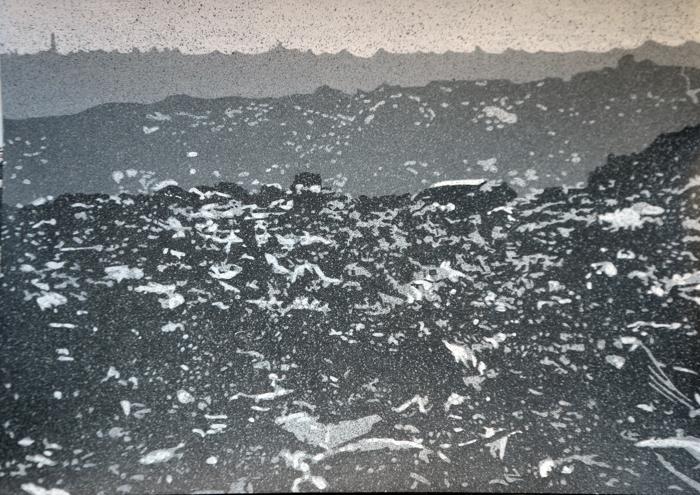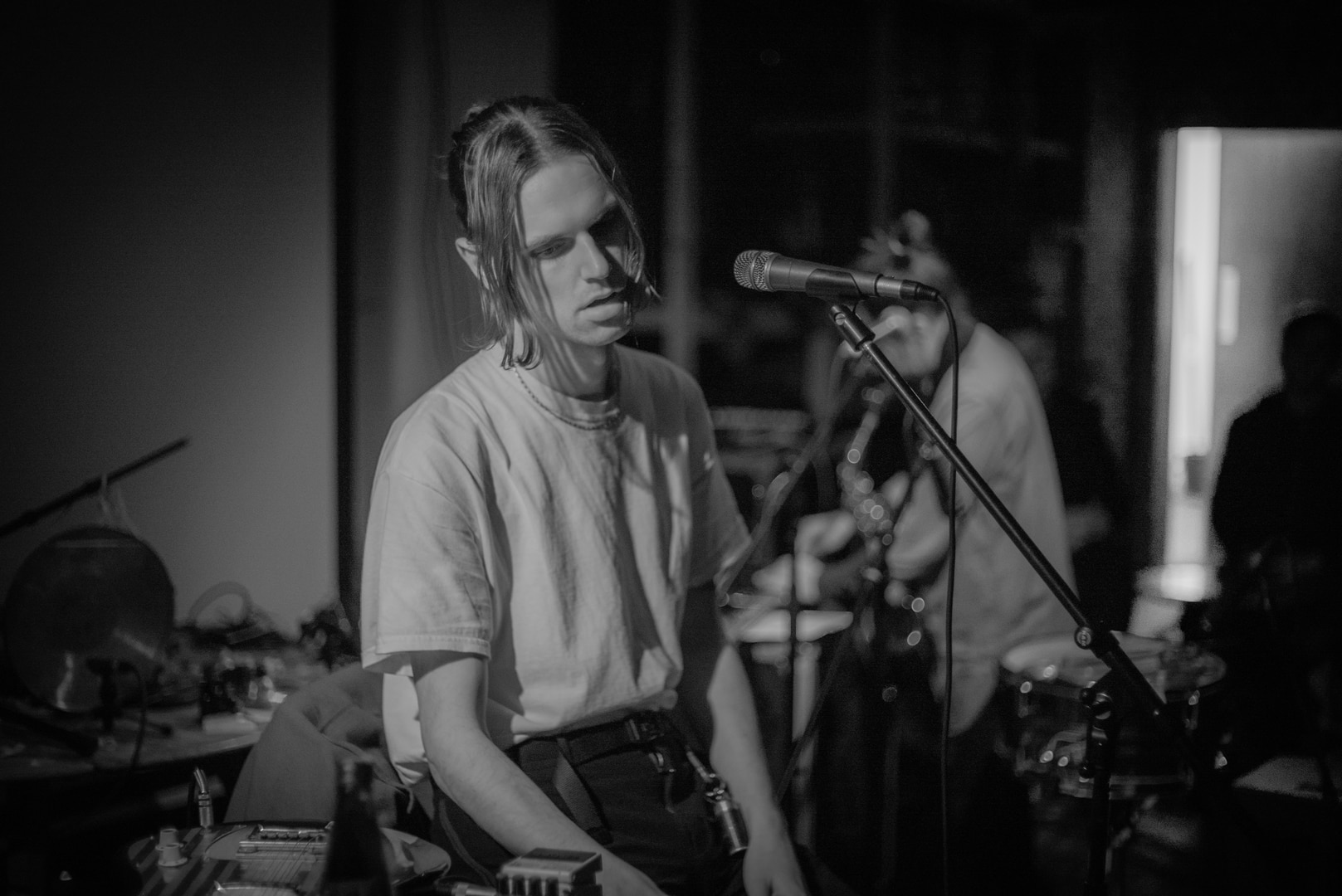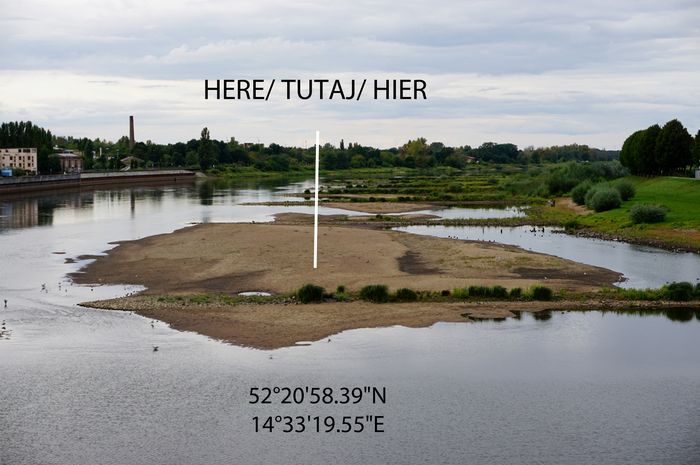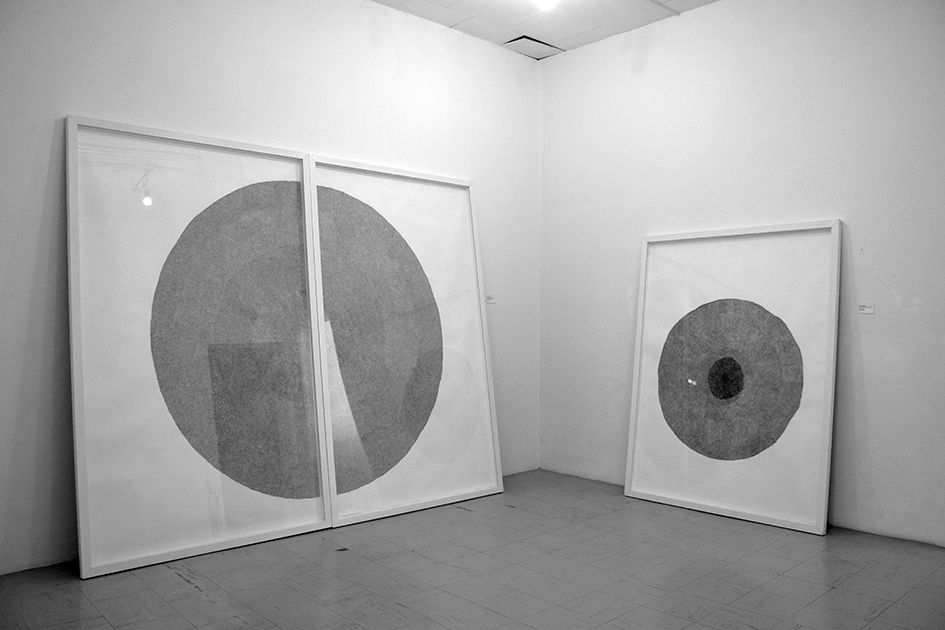Gayatri Gamuz was born in Spain in 1966.
1984 studied Social Work for two years in the University of Alicante.
1986 studied Art at “Escuela de Artes y Oficios “in Alicante
1988 studied Ceramics in ‘Escuela de Cerámica de Manises.
In 1989, while still an art student, she traveled for the first time to India.
In 1992 she started to live and work in India. In the first years, she traveled widely and stayed for periods in different places like Dharamshala, Varanasi, Vrindavan, Pushkar, Kerala and Coorg.
In Kerala, she was involved in the art and cultural movement from the 90’s, a period when contemporary visual art flourished and Kochi started gaining a place in the art map of the world. She played a key role and took part in the vibrant social and cultural discourse of Kerala: Mayalokam art collective, Kashi Art Cafe, the five annual Tree Festivals and Encounter, 1st contemporary art festival in Kochi.
.She did a Retrospective of her works in a museum ‘Fundacion Antonio Perez’ in Cuenca, Spain and a number of solo exhibitions in Kashi Art Gallery in Kochi. She also did solo shows in Embassy of India, Berlin, Leon Academy, Istanbul, Centro Civico, Besos Mar, Barcelona, in Stevens Street Gallery, Yandina, Australia and in other galleries in India and abroad.
She was in group shows in the London Biennale, in RL Fine Arts, New York, in Nehru Centre and the Noble Sage Gallery in London, in the Hong Kong Visual Arts Centre, in the Kombank Art Hall in Belgrade and in Mojo Gallery and 1×1 Gallery in Dubai. She participated in a number of curated shows in various galleries in India and was presented in the India Art Summit by Espace Gallery, New Delhi.
She was a panelist in Art and Ecology discussion in MPCVA, Mumbai. She participated in the “Maestros de la Figuracion’ course in the University of Navarra, Spain, with the maestro Antonio Perez.
In 2008 Gayatri moved to Thiruvannamalai, Tamil Nadu, and started to live together with her family on their organic farm. The new synergy she encountered in her reclusive life close to nature at the foot of the sacred mountain of Arunachala created a pronounced shift in her work. In 2017 her art transited from figurative to abstract.




